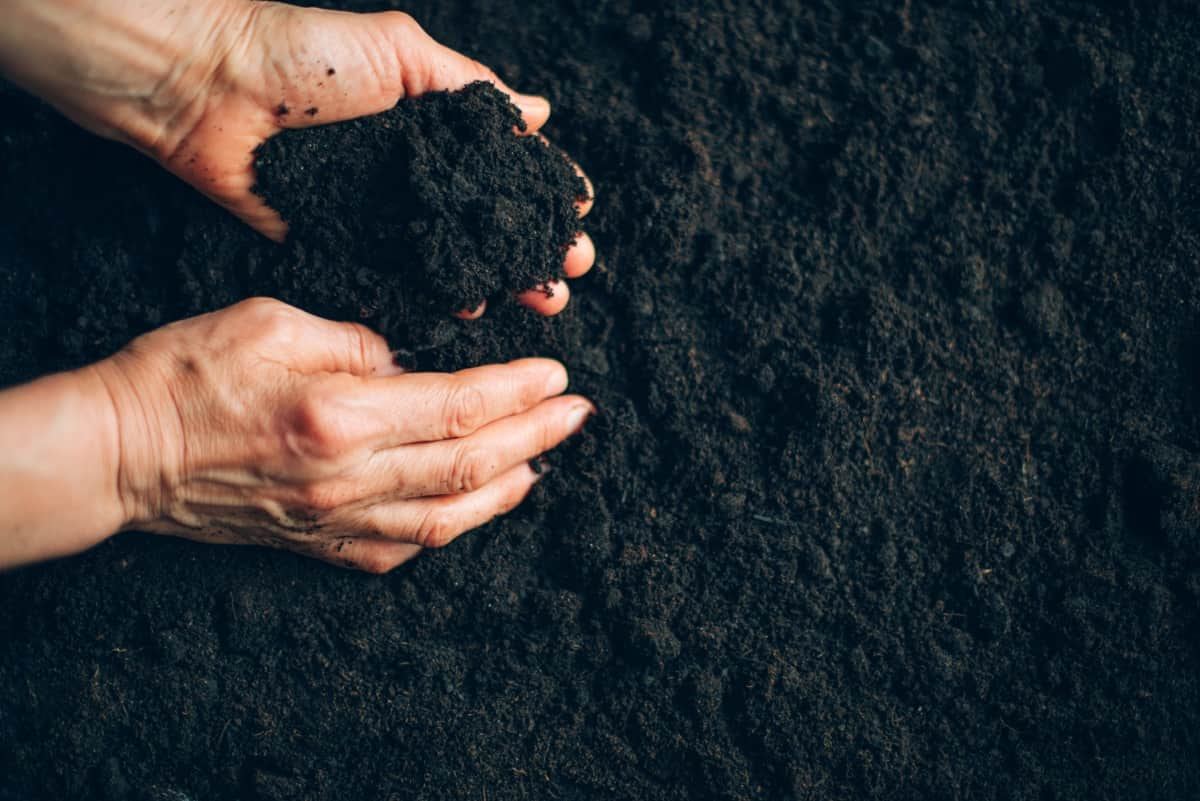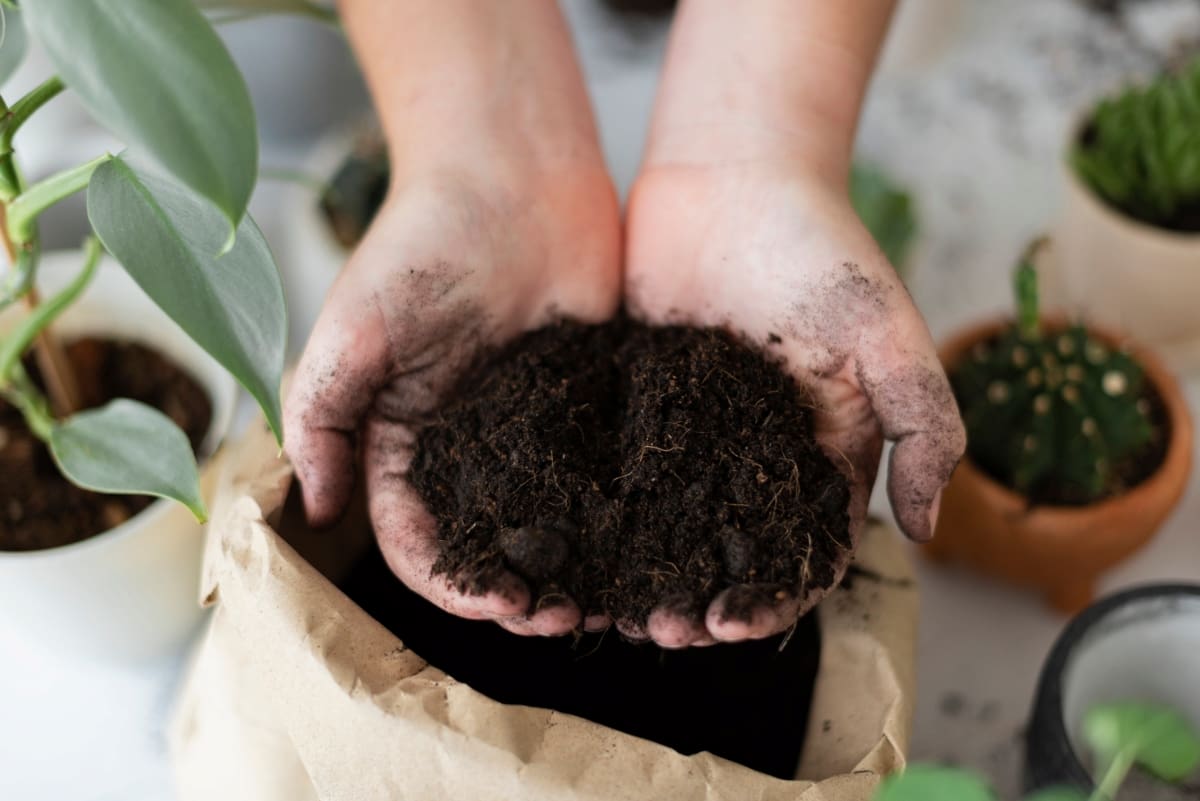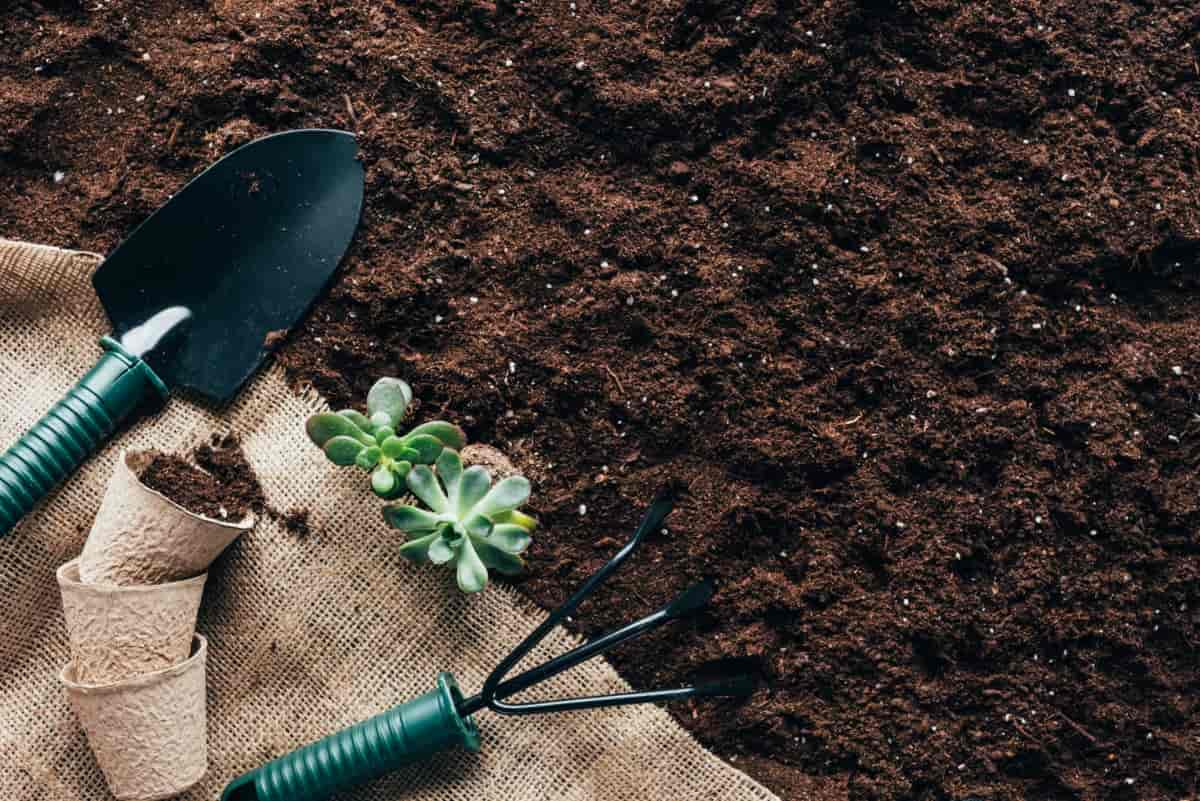Soil sterilization is an important process for home gardeners to ensure the health and productivity of their plants. By eliminating harmful pathogens, pests, and weed seeds, sterilizing soil creates a favorable environment for plant growth and reduces the risk of diseases. This article will provide a brief idea of commonly used methods of soil sterilization.

How to Sterilize Garden Soil
What Is Soil Sterilization, and Why is it Important for Home Gardeners?
Soil sterilization kills or removes pathogens, pests, and weed seeds from the soil. It is crucial for home gardeners as it helps maintain healthy plants and prevents the spread of diseases. By sterilizing the soil, gardeners can eliminate harmful organisms that negatively affect plant growth and yield. This process is particularly important for gardeners who grow their plants in containers or have limited space, where soilborne diseases can easily spread.
If you doubt that, does sterilizing soil remove nutrients? Don’t worry. There is no loss of nutrients when the soil is sterilized. Rather, it increases macronutrient availability from dead microorganisms, including nitrate. This, however, causes nutrient imbalances that affect uptake and utilization. Additionally, it destroys soil microbes that distribute nutrients.
How to Sterilize Soil Using Solarization Method
- Remove debris, weeds, and rocks from the soil surface, if any.
- Water the soil thoroughly to ensure moisture penetration.
- Use a transparent plastic tarp or sheet to cover the soil completely. Secure the edges of the tarp using rocks or bricks.
- Leave the covered soil exposed to direct sunlight for 4-6 weeks during the warmest period of the year. The heat trapped below the plastic tarp will kill harmful organisms and weed seeds.
- Check the soil periodically to ensure it remains moist. If necessary, water the soil lightly to maintain moisture levels.
- After the recommended period, remove the plastic tarp and let the soil cool and aerate before planting.
Steam Sterilization: A Step-By-Step Guide for Home Gardeners
- You will need a steam sterilizer or a large pot with a tight-fitting lid, a metal rack, and a thermometer.
- Fill the sterilizer or pot with water, leaving enough space for steam to build up. Place the metal rack at the bottom to elevate the soil container.
- Place the soil in a microwave-safe container or a metal tray and cover it with a lid or aluminum foil.
- Place the soil container on the metal rack inside the sterilizer or pot. Close the lid tightly and turn on the heat.
- Use a thermometer to monitor the temperature inside the sterilizer or pot. Maintain a temperature of around 82-93°C for at least 30 minutes to effectively kill pathogens and weed seeds.
- Turn off the heat and allow the soil to cool down inside the sterilizer or pot. Avoid opening the lid immediately to prevent recontamination.
- Once the soil has cooled, it is ready for planting.
Using Pasteurization to Sterilize Soil in Home Gardens
Electrical soil sterilization, also known as soil pasteurization, is a popular method for soil sterilization due to its simplicity and effectiveness. It involves soil sterilization by heat to a specific temperature to kill pathogens, weeds, and unwanted organisms.
- Gather the soil in a container or tray, ensuring it is moist but not wet.
- Preheat the oven to 82°C.
- Place the container with the soil in the oven and keep it at the desired temperature for 30 minutes.
- Allow the soil to cool down before using it in your garden.
Pasteurization is beneficial as it eliminates harmful organisms while preserving beneficial microorganisms. It can effectively control soilborne diseases and pests, ensuring a healthy environment for your plants.
How to Sterilize Soil With Hot Water Treatment
- Fill a large pot or container with water and bring it to a boil.
- Place the soil in a porous bag or mesh and immerse it in the boiling water for about 30 seconds to 5 minutes, depending on the desired temperature and soil type.
- Remove the soil from the hot water and allow it to cool down completely.
- Once the soil is cool, it is ready to be used in your garden.
Hot water treatment is advantageous as it is a non-toxic method that doesn’t require chemicals. It can effectively control soilborne pests and diseases, promoting healthy plant growth.
In case you missed it: Homemade DIY Azomite Soil Fertilizer: Recipe for Natural and Organic Benefits of Plants

The Benefits of Using Microwave Sterilization for Soil
Microwave sterilization is a relatively new method for soil sterilization that has gained popularity due to its speed and efficiency. It utilizes microwave radiation to heat the soil and kill pathogens, weeds, and unwanted organisms. Here are the benefits of using microwave sterilization for soil:
- Quick and efficient: Microwave sterilization can be completed within a few minutes, making it a time-saving method for home gardeners.
- Non-toxic: Unlike chemical methods, microwave sterilization doesn’t involve using harmful chemicals, making it safe for plants and the environment.
- Retains soil nutrients: Microwave sterilization minimizes nutrient loss in the soil, ensuring optimal plant growth.
How to Use Fumigation as a Soil Sterilization Method at Home
Fumigation is a commonly used method for soil sterilization, and it involves the use of chemicals or gases to eliminate pests, pathogens, and weed seeds. Go through the below instruction for how do you sterilize soil at home.
- Before fumigation, prepare the soil properly. Remove any debris, weeds, or plant residues from the area for sterilization. The soil should be moist but not waterlogged.
- Select an appropriate fumigant based on your target pests or pathogens. The best chemicals to sterilize soil include methyl bromide, chloropicrin, and metam sodium.
- Apply the fumigant on recommended dosage and application method. This may involve injecting the fumigant into the soil or covering the area with a tarp to trap the gas.
- After applying the fumigant, ensure proper ventilation to allow the gas to dissipate. Follow the recommended waiting period before planting in the treated soil.
Alternative Methods for Soil Sterilization in Home Gardening
Solarization: Solarization utilizes the sun’s heat to kill pests and pathogens in the soil. To solarize the soil, moisten and cover it with a clear plastic sheet. The sun’s rays will heat the soil, reaching temperatures lethal to many organisms. Leave the plastic sheet in place for several weeks to ensure effective sterilization.
Steam sterilization: Steam sterilization involves using steam to kill pests and pathogens. This method requires a steam generator or a pressure cooker. Apply steam to the soil sufficiently to reach the desired temperature. Caution must be exercised while handling hot steam.
Soil pasteurization: Pasteurization is a milder form of soil sterilization that reduces pathogen populations without eliminating them. It involves heating the soil to moderately high temperatures, typically around 60°C, for a specific duration. This method is well-suited for gardeners who want to maintain some beneficial microorganisms in the soil.
In case you missed it: Benefits of 19-19-19 Fertilizer: When and How to Apply for Lawns and Gardens

Conclusion
By following the methods and instructions mentioned in this document, you can effectively sterilize soil and ensure the success of your garden. Remember to select the method that best suits your needs and enjoy the benefits of a disease-free and productive garden.
- Ultimate Guide to Ossabaw Island Hog: Breeding, Raising, Diet, and Care
- Ultimate Guide to Juliana Pig: Raising Facts, Size, Diet, Care, and Lifespan
- Raising Lleyn Sheep: Disadvantages, Price, Uses, Characteristics, and Care
- Ultimate Guide to Meishan Pig: Breed Facts, Breeding, Raising, and Care
- Ultimate Guide to Teacup Pigs: Raising, Diet, Lifespan, Cost, and Care
- Guide to Raising Poll Dorset Sheep: Facts, Profile, Characteristics, Uses, and Care
- Ultimate Guide to Bighorn Sheep: Characteristics, Diet, Lifespan, Breeding, and Lifecycle
- Ultimate Guide to Raising Katahdin Sheep: Farming Facts, Breed Profile, Uses, and Care
- Ultimate Guide to Raising Oreo Cows: Belted Galloways Farming Facts, Profile, Uses, and Care